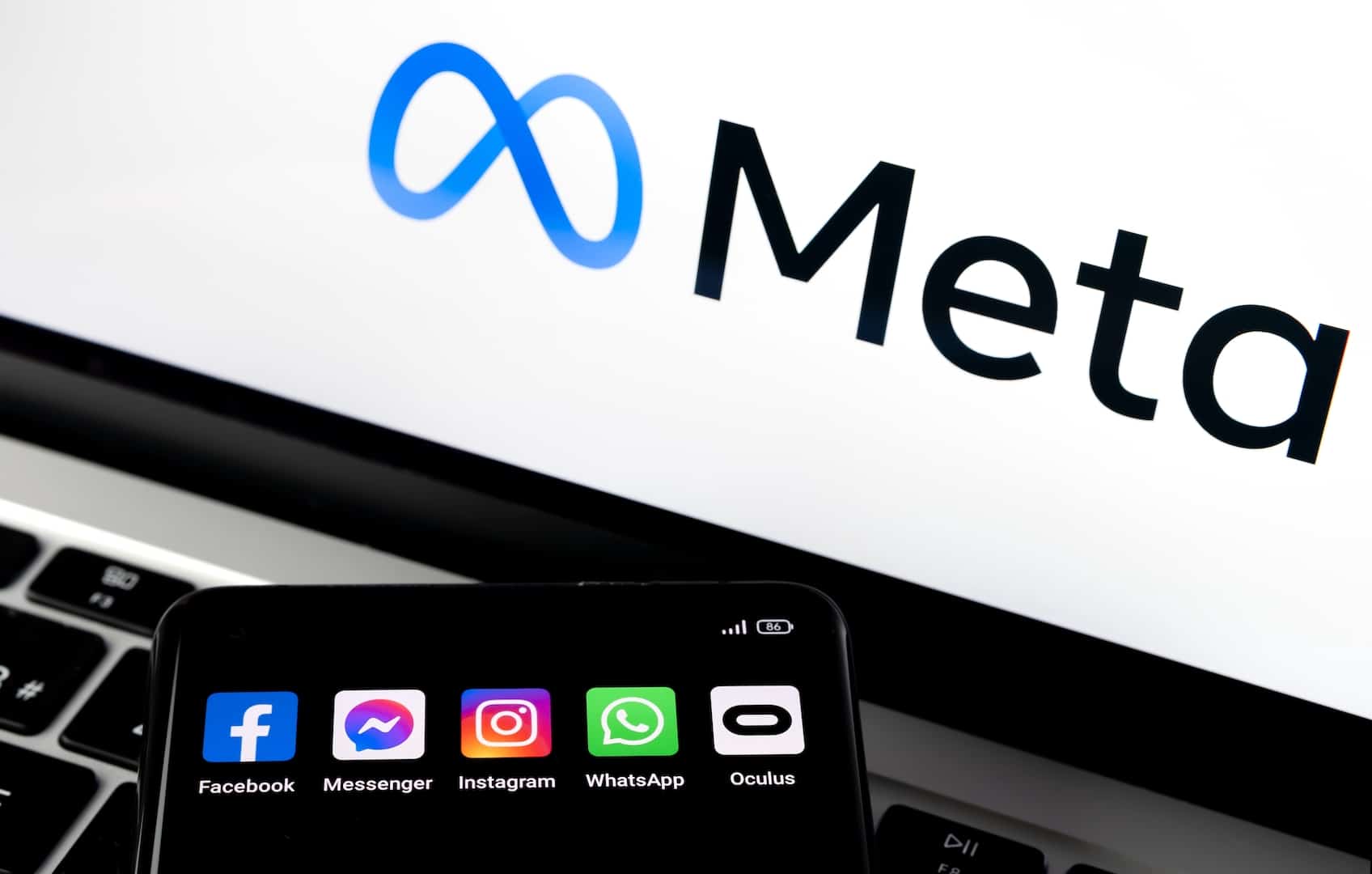The digital advertising landscape is constantly evolving, and Meta Ads, the advertising platform for Facebook and Instagram, has introduced significant updates in 2024 to enhance advertiser capabilities, campaign effectiveness, and user engagement. Here’s an in-depth look at the most notable changes, their implications, and how advertisers can optimize their campaigns.
1. Enhanced Ad Formats
Meta has rolled out new formats, including augmented reality (AR) ads, 360-degree videos, and interactive ad types. These formats aim to create immersive experiences that resonate more deeply with audiences. Additionally, dynamic content placement enables advertisers to upload multiple captions and media assets, letting Meta algorithms determine the best combinations for individual users based on their behavior and preferences. This personalization is designed to improve engagement and conversion rates.
2. AI Integration
Meta has significantly expanded the use of artificial intelligence across its advertising tools. AI-powered features now include:
- Content generation for creating optimized captions, headlines, and images.
- Ad performance insights to provide actionable recommendations on improving campaigns.
- Tools like Advantage+ Creative, which adjusts ad visuals and copy dynamically for better performance while maintaining brand consistency.
AI is also being leveraged in audience targeting with tools such as Advantage+ Audience, which dynamically adjusts target groups for optimal reach and performance.
3. Advanced Targeting and Reporting
Targeting capabilities have become more sophisticated, enabling advertisers to:
- Leverage broader interest-based targeting while still allowing exclusions for precision.
- Utilize enhanced retargeting options, like reconnecting with users who visited specific web pages or interacted with prior ads.
- Access more detailed, real-time analytics, including click-through rates (CTR), conversion tracking, and return on ad spend (ROAS). These insights empower data-driven decision-making.
4. Streamlined Campaign Management
Meta introduced tools to simplify and optimize campaign structures:
- The Advantage Campaign Budget (formerly Campaign Budget Optimization) automatically allocates resources across ad sets, focusing spending on high-performing areas.
- Consolidation of campaigns with similar objectives reduces inefficiencies caused by auction overlaps and increases campaign growth potential.
5. Lead Generation Enhancements
Meta has improved lead generation with features such as:
- Conditional logic forms that adapt questions based on user inputs.
- Rich creative forms with interactive elements to better capture user interest and increase submission rates.
These changes align with Meta’s goal of streamlining the lead capture process while maintaining user engagement.
6. Content Prioritization
Short-form video continues to dominate Meta platforms, with formats like Reels and Stories being the most effective for both paid and organic campaigns. Meta’s algorithm prioritizes such content, making it a key area for advertisers to focus their creative efforts.
7. Collaborative and Workflow Tools
Meta has introduced new tools for team collaboration, including shared access controls, feedback features, and streamlined project management within the Ads Manager. These updates make it easier for teams to work together on campaigns without requiring external tools.
Challenges and Considerations
While these updates present exciting opportunities, advertisers should navigate them carefully:
- Dynamic content placement can make A/B testing harder since it limits control over which assets are shown to users.
- AI-powered tools like Advantage+ may alter ad creatives in ways that deviate from a brand’s original identity. Monitoring and fine-tuning are essential to maintaining consistency.
- The removal of some detailed targeting options may challenge advertisers accustomed to granular audience segmentation.
How to Adapt Your Strategies
- Test New Features: Use Advantage+ tools alongside traditional methods to compare performance and identify what works best for your brand.
- Prioritize Video Content: Focus on creating engaging short-form videos tailored to the preferences of Reels and Stories audiences.
- Optimize Campaign Structures: Consolidate similar campaigns and leverage automated budget tools to maximize efficiency.
- Leverage AI Insights: Regularly review AI-generated recommendations and implement data-driven optimizations.
- Experiment with New Formats: Incorporate interactive elements like AR ads and 360-degree videos into your campaigns to stand out from competitors.
The updates to Meta Ads in 2024 reflect the growing importance of personalization, automation, and immersive content in digital marketing. By embracing these changes and adapting strategies accordingly, businesses can harness the full potential of the platform to achieve their advertising goals.

